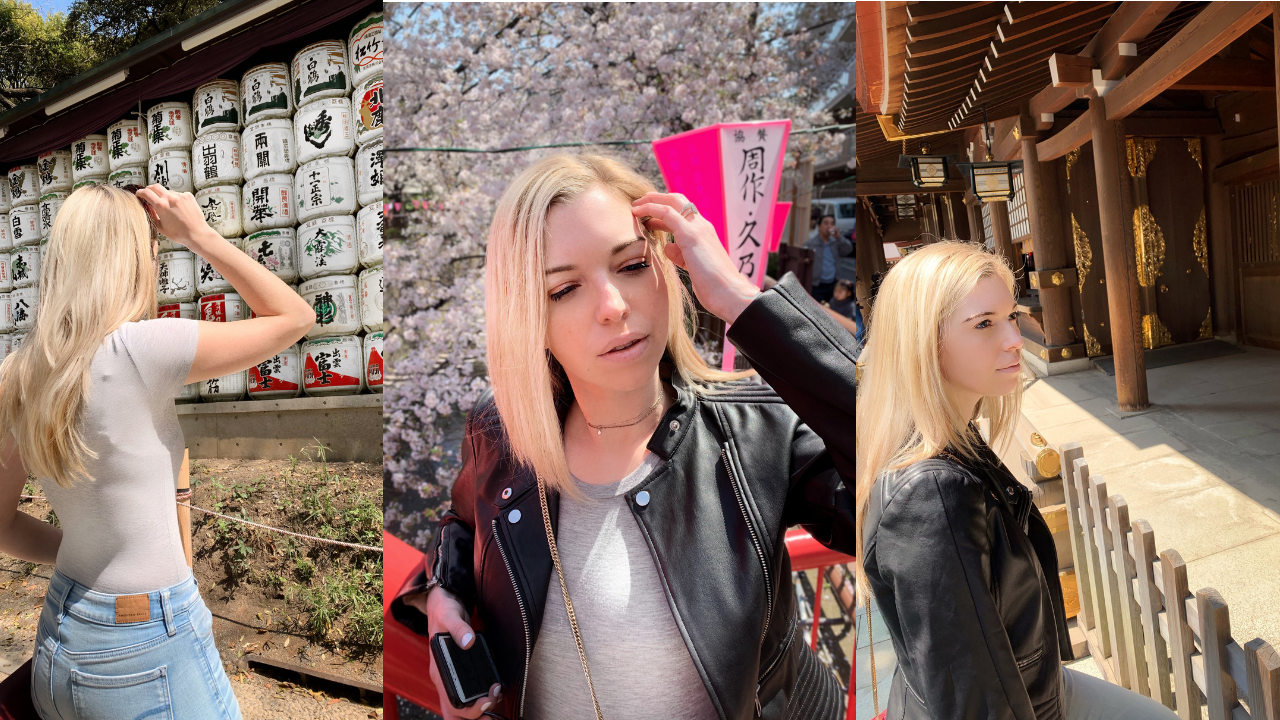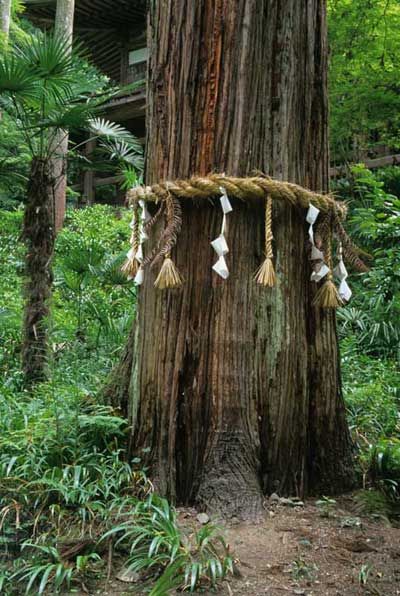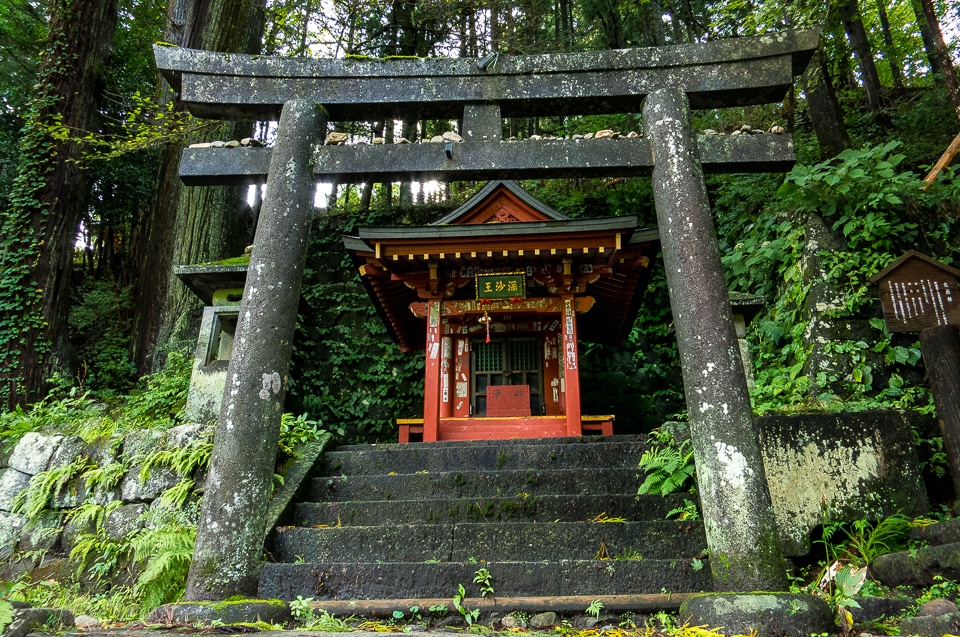All About Shinto - Is it Pagan?
Envision a winding path that takes you through trees before leading you to an opposing vermillion gate. As you step through the gate you leave the mundane world and enter the world of ‘Kami’, or divine spirits. Following along the path you reach a large wooden shrine. The doors and the heart of the shrine are closed - never viewed by visitors as it contains the Shintai or ‘divine body’ of the Kami. To the left you see a large pine tree. You can tell that this is an Shinboku, or sacred tree, from the rope and paper tassels that hang like a belt along its sturdy trunk. In this moment you are immersed in the sacred; in the power of our natural world.
Shinto literally means “the way of the gods” and it is Japan’s native belief system. Most cultures begin their spiritual development with animist beliefs, however most nature-based religions have diminished in popularity since the rise of monotheism. What makes Japan so fascinating is that this ancient spiritual reverence for nature has not diminished among the population. Instead, it has remained an integral piece of the cultural heart of this nation.
The history and complexity of Shinto would be too lengthy to fully explain in the confines of this post so I would like to merely state the basics of this religion. The practice of Shinto revolves around the seasons, the land, and its relation with the human inhabitants. This is similar to neo-pagan traditions that develop festivals and ceremonies around the changing seasons. Shinto at its core is a nature-based spiritual system and these beliefs include recognition of various divine spirits (kami) within trees, mountains, waterfalls, and other aspects of nature. For the item being revered (such as an ancient tree) a rope garland is placed marking the presence of the kami within. Usually a shine is also built next to the item of nature that is being revered.
Various purification rites are an important part of Shinto ceremonies, these rites are meant to overcome the polluting effects of decay and death. Rites of passage, such as weddings are also a common ritual performed at Shinto shrines. Unlike most religions, Shinto does not have a moral code or any scriptures. There is also no specific belief in life after death in Shinto.
As Buddhism entered Japan it did not eliminate the prominence of Shinto. The pantheons of both religions were expanded so that Buddhist deities adopted Shinto identities and Shinto Kami were associated with the act of striving towards enlightenment. In this way, new converts to Buddhism were not forced to give up their traditional beliefs.
So… is Shinto Pagan? In the sense that it is a nature-based religion consisting of multiple deities I would say yes. However, as a non-Japanese person I hesitate to lump this ancient tradition under the wide umbrella of Paganism. It’s likely that many Shinto practitioners would like their religion to be viewed as its own thing, separate from the wider pagan movement. I will say that I was deeply honored to visit many sacred shrines on my recent trip to Japan and I very much look forward to learning more about this beautiful nature-based religion. What are your thoughts about Shinto? Share your opinions and experiences in the comments below.
I also have a corresponding video where I go into more detail. You can view it here:



